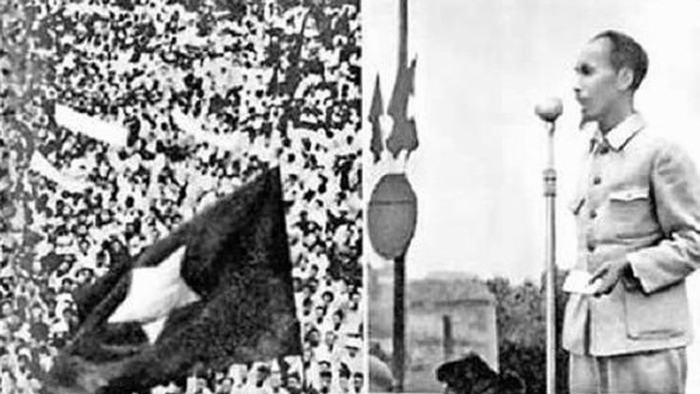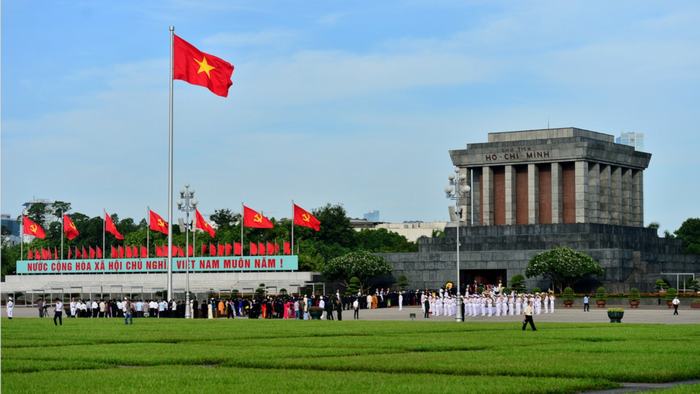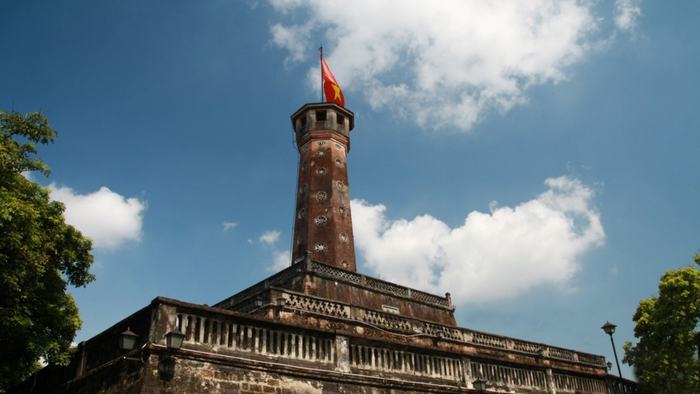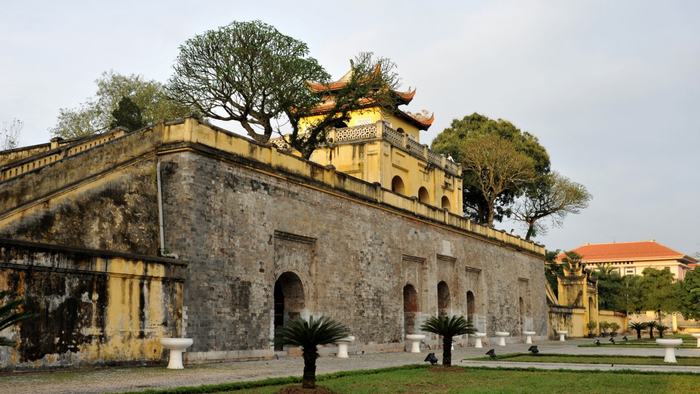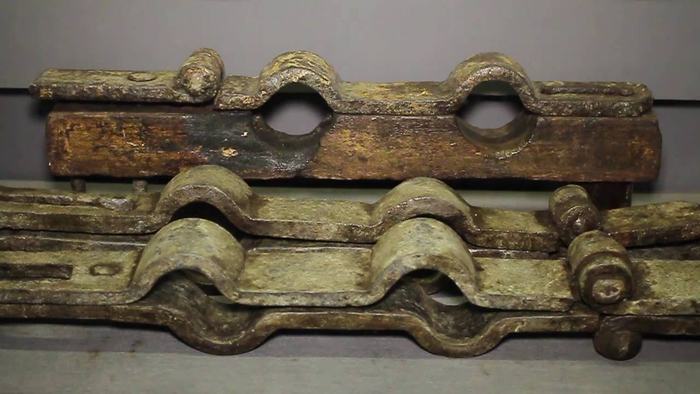Glorious Vietnam Independence Day: History and Facts
On a great day of the nation, instead of traveling to the most beautiful destinations of Vietnam, let’s turn back time to the glorious space of the country in many following historical sites in Hanoi capital with us.
Independence Day of Vietnam is one of the most important festivals and celebrations in Vietnam, held on September 2nd every year to commemorate the day President Ho Chi Minh read the Declaration of Independence at Ba Dinh Square in Hanoi, creating the Democratic Republic of Vietnam, one of the precursors of the Socialist Republic of Vietnam.
Historical background
On August 14th, 1945, the World War II ended. Under the leadership of the Party and President Ho Chi Minh, people in the whole country rose up, carried out general uprising, and seized power. Within only 15 days, the general uprising won completely and the power belonged to people.
President Ho Chi Minh read the Declaration of Independence
After August 19th, Ho Chi Minh and his colleagues discussed choosing a date to read publicly the Declaration of Independence. Vu Dinh Tung, a private doctor of Ho Chi Minh and also a Catholic, proposed September 2nd, 1945 because it was Sunday, so everyone would not work and that was also the day of God in Catholic (Sunday) that celebrated the martyrs of Vietnam. Ho Chi Minh thought for a moment and said, “I will make that day more meaningful”. Perhaps this idea led to the choice of September 2nd as the day to declare the Independence of the Democratic Republic of Vietnam.
In the afternoon of Independence Day of Vietnam, more than 50,000 Hanoians gathered in Ba Dinh Square to celebrate the establishment of a new government. On behalf of the Government of the Democratic Republic of Vietnam, Ho Chi Minh read the Declaration of Independence.
Many watchers thought that the rulers would attend in a modest and solemn style, so when seeing Ho Chi Minh wore a worn-out khaki suit with high collar and white rubber sandals while most of his colleagues wore western suit and tie, they extremely surprised. A link and respectful expression to the people were created that no king in Vietnamese history did when Ho Chi Minh asked the people “Can you the hear clearly?”, and the crowd shouted “Clear!”. The attendees at that time certainly could never forget that spiritual and moving moment.
Ba Dinh Square, Hanoi
Top historical places to visit
Ba Dinh Square
Ba Dinh Square is the largest square in Vietnam, located on Hung Vuong street, Ba Dinh district, where the Ho Chi Minh Mausoleum was built. Ba Dinh Square is 32,000 square meters wide, in the central is a flagpole of 25-meter height. This is the place where parades take place on great holidays of Vietnam and also one of Hanoi places to visit, play, and stroll.
Thang Long Citadel
Located in Dien Bien ward and Quan Thanh ward, this is the ancient capital of Vietnam built under many dynasties, becoming the most important relics in the system of Vietnam relics.
With an area of 18,000 hectares including many important historical sites, of which the 18 Hoang Dieu archaeological site and other prominent monuments in the Hanoi Citadel population such as Hanoi flag tower, Kinh Thien Palace, Northern Gate, Main Gate, D67 house, etc contain many valuable historical and cultural relics.
Hoa Lo Prison
Hanoi Flag Tower
Hoa Lo Prison is located on Hoa Lo street, Hoan Kiem district, Hanoi. It was built by the French colonialists in 1896. Considered as the “hell on earth” in the heart of Hanoi, Hoa Lo Prison is one of Indochina’s most durable and intense prisons and in the top 5 most dangerous sites in Southeast Asia.
When visiting, tourists will be able to see the image as replaying a historical space of the barbaric torture of the French colonists applying to the patriotic revolutionaries through numerous revolutionary artifacts and marks. From that, travelers can feel clearly the pain and loss that the ancestors sacrificed to take the peace back for the country.
Long Bien Bridge
Long Bien Bridge, built by the French in the nineteenth century, was the most typical bridge in the Far East at the time. It is said that Long Bien Bridge is also a witness of history by witnessing many ups and downs and changes of Hanoi capital under the severe destruction of bombs during the two wars against France and America.
Thang Long Citadel is the ancient capital of Vietnam
For now, the bridge is old but it has been renovated and still in good use. Standing on the historical Long Bien Bridge, visitors can watch the Red river and fruit trees along the riversides.
Hanoi Flag Tower and Vietnam Military History Museum Hanoi
Hanoi Flag Tower was built in the same period as Hanoi Citadel under Nguyen dynasty from 1805 to 1812 as an observation tower. At the top of the 33-meter-high tower, tourists can see the national flag of Vietnam fluttering in the wind. From the tower foot, visitors climb the rocky stairs to look out through the 36 flower-shaped windows along the thickly curved walls. There are three separate observation decks, but the one on the top floor is the best viewing spot.
After visiting Hanoi Flag Tower, don’t forget to visit Vietnam Military History Museum Hanoi which opening daily except Mondays and Fridays. The most outstanding relics in here are the tanks, Soviet fighters, US F-111 aircrafts, and French aircrafts shot down in Dien Bien Phu.
The relics inside Hoa Lo prison
August 19th Square
August Revolution Square, or August 19th Square, is located in front of Hanoi Opera House, Trang Tien ward, Hoan Kiem district, Hanoi. There are many historical events of the capital’s great revolution. On August 19th, 1945, a big demonstration was held to praise the force and seize power, beginning the August Revolution.
After nearly a century, the square still remains a great value in the history and culture of Vietnam through the revolutionary periods. Around the square, there are modern architectural works such as Hanoi Opera House, National History Museum, and Hilton Hotel, etc.
September 2nd is not only a holiday for the Vietnamese people but also an occasion reminding them about the heroic history in which the whole nation united together and bravely struggled to get the peaceful country as today. If this is useful for your tours in Vietnam on the Independence Day, don’t hesitate to like and share with others. Thank you.
